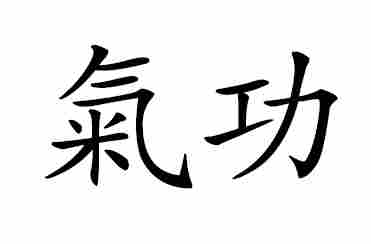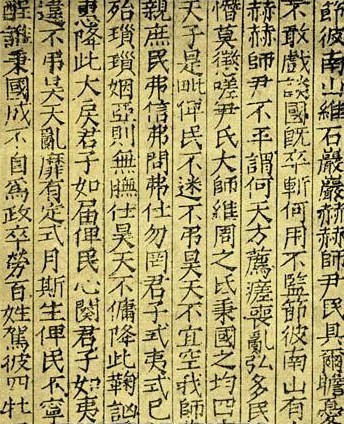Each and every day, people from all over the world learn about Qi Gong exercises and training. This art form becomes an excellent new way in which they can care for their health. While the study of Qi Gong might be new to them, the fact remains that Qi Gong is hardly new. In fact, it has been trained and practiced for several thousands of years.
Some might be aware of how long Qi Gong has been trained around the world. However, they might not have a clear idea in regards to the full history of Qi Gong. Those that take time out to examine the storied history of this ancient Chinese art form of health and wellness might be surprised to learn about the many facets of its history.
Of course, there will be some conflicting reports in various sources regarding the actual history of Qi Gong. The reason for this is much of the early years of Qi Gong training were not recorded in any means other than the spoken word. Many aspects of the origins become lost and, in numerous cases, a great deal of exaggeration is weaved into the mix.

Chinese characters “Chee” – means energy and “Gung” means work
That said, there have been quite a number of historians of the Chinese martial arts and Chinese medicine that have pieced together a coherent and logical history of the development of the dynamic concept of Qi Gong training.
Various sources state that the art of Qi Gong training began 2,500 years ago. However, many others have noted that the art started roughly 5,000 years ago. Among the reasons for such confusion is semantics. The practice of cultivating Qi energy has had scores of different names over the centuries. In fact, the actual tern Qi Gong did not come into existence until 1953 with the publication of a paper by a practitioner named Liu Gui-zheng.
Of course, the concept of taking part in exercises to enhance the flow of Qi through the body existed long prior to the publication of any paper.
The Roots of Qi Gong Practice
The lost origins of Qi Gong training might actually have several different starting points. Some have noted that the early forms of Qi Gong exercises can from agrarian farmers that were more in tune with nature and the natural world. Other have noted that the origins of the exercises might come from traditional ritual dance.

The original Book of Changes
We do know a bit about the era known as the Book of Changes period and this might be considered the precursor era to the modern meditation based approach that combines the martial arts and Zen Buddhism with Qi Gong.
The Book of Changes period occurs roughly around 1200 B.C. During this time period, much of what is considered Taoist thought came into development. In the classic work of Taoism, The Tao Te Ching, Lao Tzu makes very clear references to breathing exercises designed to cultivate health and fitness. Other mentions of breathing exercises in classic works of religion and history would appear for the next 900 years.
Probably the most significant developments in the history of Qi Gong would occur during the Han Dynasty (200 BC to 500 AD). The reason for this is much of what we consider modern Qi Gong training seems to have found its inception during this period.
During this period, Indian Buddhism found its way to China where many of its principles merged with Taoist thoughts and theories. Also, many exercise practices fused and these exercises found their way into what we know know today as traditional Shaolin Temple method. In the blossoming martial arts world at the time, the practice of cultivating Qi energy became well known and studied.
Actually, it would be well beyond the Han Dynasty that the fusion between Shoalin health practices and Qi Gong training would be employed side by side. The Liang Xynasty (500 AD to 1911AD) affixed the modern path of Qi Gong training that moved seamlessly into the 20th century and then became affixed as a form of wellness cultivations that connects modern societies to the ancient history of Qi Gong study.
This leads up to the modern era of Qi Gong where a large amount of the training has been modified so it is easy to perform by anyone. Many simply take part in the exercises solely out of the relaxation they provide and the enormous health benefits they make possible. They can also do so without much of a change to their lifestyle.






